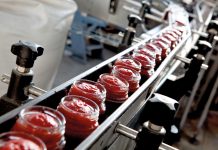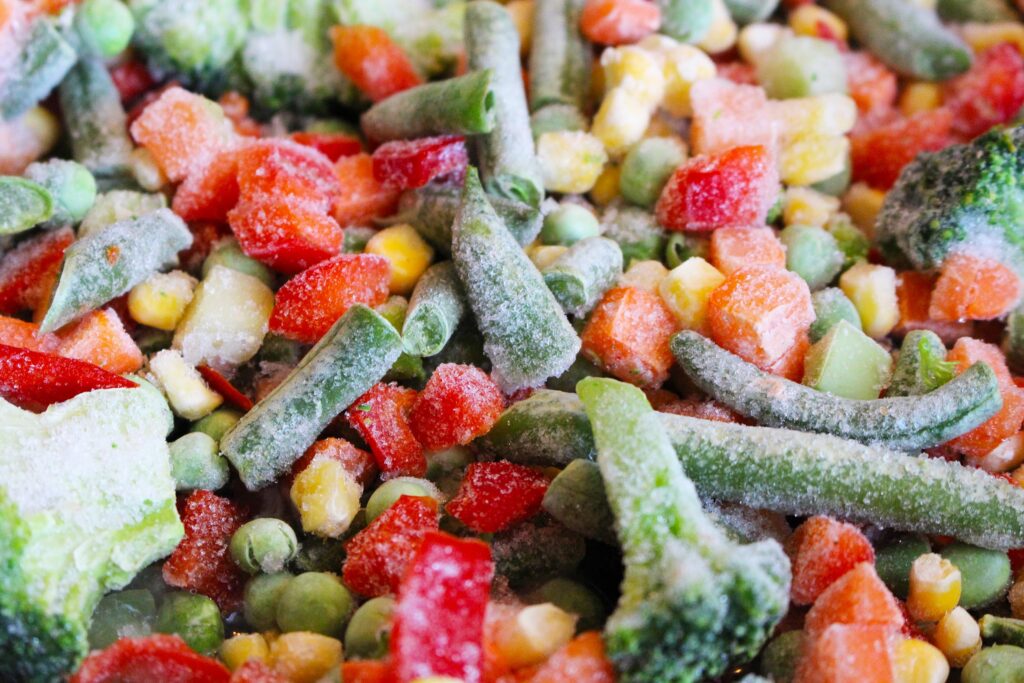 Both in Europe and in Italy, frozen products are experiencing a continuous increase in consumption up to an annual rate of 2.7% for a market value of over 100 billion Euros. IIAS data referring to 2019 show a national consumption of 849,900 tons (+1.3% compared to 2018), corresponding to a per capita annual consumption of more than 14 kg, for a total estimated market value of 4,400/4,700 million Euros.
Both in Europe and in Italy, frozen products are experiencing a continuous increase in consumption up to an annual rate of 2.7% for a market value of over 100 billion Euros. IIAS data referring to 2019 show a national consumption of 849,900 tons (+1.3% compared to 2018), corresponding to a per capita annual consumption of more than 14 kg, for a total estimated market value of 4,400/4,700 million Euros.
In addition to other products such as fish, recipe dishes, desserts and fruit, plant foods are the driving forces of the sector. In 2019, vegetables accounted for more than 43% of Retail and both simple vegetables such as peas, followed by spinach, green beans and potatoes, and all kinds of soups and minestrone soups have returned to growth [1].
Frozen foods maintain over time the nutritional value and organoleptic properties of the original food, thus reducing, as a secondary effect, food wastes resulting from the deterioration of the product itself. For these reasons, the cold supply chain and its management assume a role of fundamental importance for maintaining the efficiency of the process and the quality of the product during the processing, deep-freezing, and conservation phases, up to the display on sale counters and final consumption. A proper management of the cold chain must therefore respond to multiple objectives:
- Increase of production sustainability and improvement of the quality of the frozen product. In this respect, digitalized management allows the monitoring of temperature fluctuations, which are the main cause of degradation at the expense of product quality and safety.
- The correct monitoring of the hygiene of cooling and packaging equipment can be translated, also in this case, into a control of the possible critical points, including the determination and management of the plant and product temperature.
- Optimization of energy consumption. The digitalized management of the cold chain, in fact, can allows to reach high production efficiencies thanks to the timely detection of abnormal temperature variations, and to increase the effectiveness of targeted maintenance.
The project CoACh (Cold management in agro-food chains: solutions for process digitalization, Https://coachproject.it) fits into this context in order to respond to some of the objectives described. The project was coordinated by Prof. Mirko Morini (University of Parma), and involves several university research centers and some industrial partners and in particular:
- Research centers
- PARMA: Interdepartmental Center on Security Technologies Agro-food Innovation of the University of Parma
- CRAST: Research Center for Geospatial Analysis and Remote Sensing of the University of the Sacred Heart of Piacenza
- CIRI AGRO: Alma Mater Studiorum University of Bologna Interdepartmental Center for Industrial and Agro-food Reaserch
- CIRI ICT: Alma Mater Studiorum University of Bologna Interdepartmental Center for Industrial Research ICT.
- Romagna Tech S.C.P.A.
- Industrial partners
- Orogel Agricultural Cooperative Society
- DNAphone s.r.l.
- Onit Group s.r.l.
- Siram S.p.A.
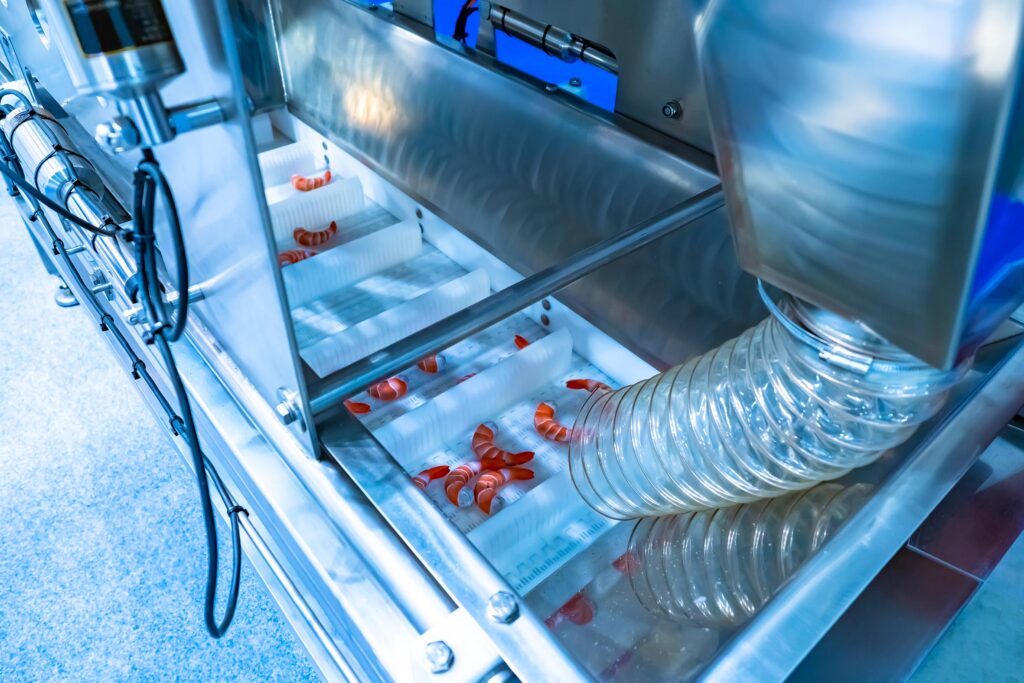
In the course of the project, some frozen plant products were characterised by addressing the relationship between the cold chain and production in terms of qualitative changes in the products. Innovative technologies for the study of production processes and digitalized control will be aimed at product stabilization and improvement of the energy management of the process.
The final objective of the project is to develop a prototype of an integrated system for the optimized management of the cold chain in a vegetables processing plants and its validation in an industrial environment.
This prototype will integrate innovative hardware (based on an IoT network for on-line measurement and off-line sensory acquisition integrated via cloud platform) and software (as the management of the process and of the data transmission network is based on algorithms that optimise its performance). The intermediate results of this project can find interesting applications also in other sectors. The results can be classified as methodologies and concern:
- Process analysis and ability to identify critical issues concerning the relationship between production and cold chain;
- Development of models for the simulation of the refrigeration and freezing process;
- Development of algorithms for the optimization of cold management;
- The development of algorithms for the optimization of network management.
The role of the CRAST research center within this project is to develop a mathematical model for the freezing phase of plant transformation processes. The objective is to develop a methodology for modelling and structuring a platform that will provide complete analysis of operating conditions and allow forecasts of the plant’s performance (KPIs, Key Performance Indicators).
This mathematical model will be used in combination with optimization algorithms (developed by SITEIA.Parma) in order to manage in the most energy-efficient way the production of air used as cooling fluid by the industrial partner Orogel. In particular, the model will allow to verify the effects of variations on the air produced, for example in terms of relative humidity or temperature, on the product itself, always ensuring that the freezing characteristics are maintained.
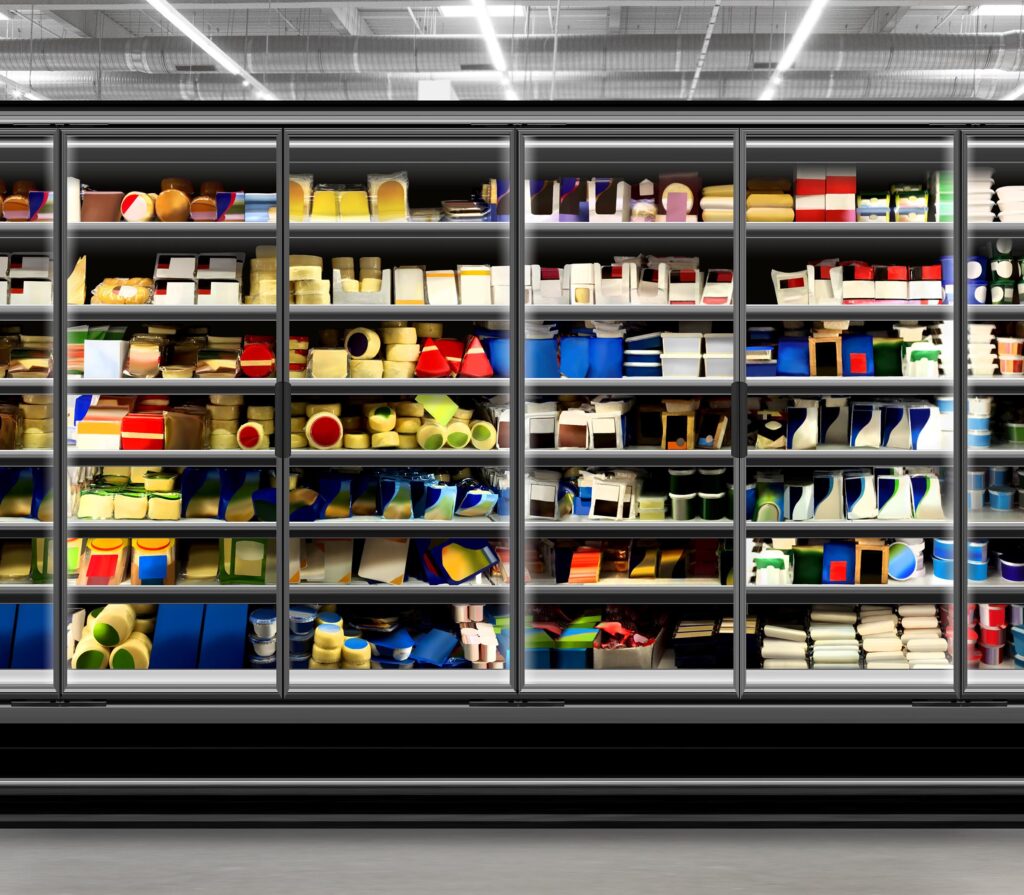
Having to be included in an optimisation process, the model based on mass and energy budgets, must require a low computational effort (i.e. reduced calculation times), while maintaining a good accuracy in the evaluation of key parameters, such as, for example, the temperature over time in the critical control point in food. In literature there are various mathematical models to simulate the refrigeration process, which can be summarized in three categories: empirical models, theoretical models, and mixed models.
The first models are based on empirical formulas for the evaluation of both the freezing time and the different associated properties, such as the ice fraction, the bound water fraction, and the convective heat transfer coefficient [3]. These models have very fast resolution times, however it is possible to evaluate a single parameter (i.e. the freezing time). On the contrary, theoretical models, which are based on the resolution of the 3D-heat equation, allow to calculate, through the resolution of differential equations to partial derivatives, also the related properties, such as the convective heat exchange coefficient or the freezing point temperature.
These models, solved through the use of Computational Fluid Dynamics, however, require long calculation times [2]. The mixed methods, finally, as the name itself says, exploit some of the peculiarities of each of the two previous categories. In particular, they use empirical formulas for the evaluation of properties, while solving the heat diffusion equation in one dimension, thus allowing the evaluation of the temperature change within the food [4]. Thus, these models are quite accurate with a low resolution time, which makes them suitable for the purpose of the project.
However, these models have some gaps, which have been solved in the course of the project, such as the impossibility of evaluating the temperature change for simple finished objects like a spinach cube or a French fry. Once the model type has been selected, another key aspect is the evaluation of the food properties (e.g. specific heat, conductivity, density, etc.). These properties are highly dependent on the chemical composition and temperature of the food product.
In general, therefore, it is difficult to produce a database determined experimentally for all possible conditions and compositions of foods. It was then decided to define the different types of food according to the their main constituents, namely water, proteins, fats, carbohydrates, fiber and ash. From these it is possible to calculate, with a certain degree of reliability, the food properties according to the temperature [5].
It is certainly limiting to define a substance as a mixture of its main constituents, but this allows to be flexible in order to both optimize the process energetically and potentially reduce the freezing times. Furthermore, the definition of the food product according to its constituents allows a rapid characterisation of the food itself through the use of rapid and widely validated analytical methods.
For example, thanks to this model, it may be possible to adjust the freezing times according to the different batches of the same food to be frozen and not only according to the different types of food. Once properties have been selected and empirical laws have been defined, a Matlab code for resolving the differential equation of heat diffusion has been developed.
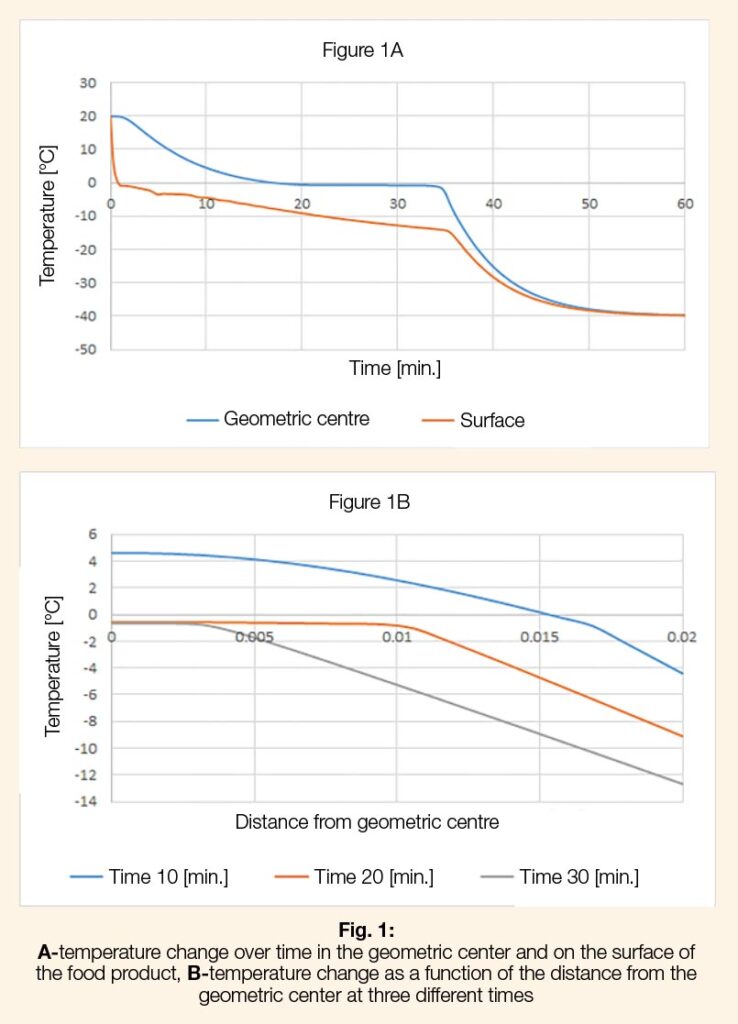 As an example, some of the possible results that can be obtained from the model used are given, such as the change in temperature as a function of time in the geometric centre of the food and on the surface (Fig. 1-A) and as a function of the distance from the geometric centre at a given moment in time (Fig. 1-B).
As an example, some of the possible results that can be obtained from the model used are given, such as the change in temperature as a function of time in the geometric centre of the food and on the surface (Fig. 1-A) and as a function of the distance from the geometric centre at a given moment in time (Fig. 1-B).
In conclusion, therefore, the model developed within the Coach project is efficient (i. e. it requires reasonably fast calculation times), flexible (being able to represent different types of food) and at the same time accurate if the food considered can be assimilated to a defined geometrical figure (e. g. a cylinder, sphere or parallelepiped). This model can be used either to try to reduce the freezing time of food, or to optimise the process and production of cold air or, in general, of the coolant. In this respect, it is interesting to point out how the freezing process can be included in an energy optimisation programme that also includes subsequent phases, such as transport and storage. From this point of view, perhaps preferring not to modify the process conditions during the freezing phase, the frozen product can also be used as an energy accumulator to be exploited in the following phases, always guaranteeing the quality of the food product. Although there are several studies on this subject, this kind of approach can still be improved both in terms of empirical properties, and in terms of geometric shapes allowed for the definition of a food product.
Acknowledgements
The research has been carried out in the framework of the CoACh project realised in Emilia-Romagna thanks to European Funds – Programme POR ERDF 2014-2020.
Andrea Bassani1, Guillermo Duserm Garrido1,2, Roberta Dordoni1, Gianluca Giuberti1, Spigno Giorgia1,2*
1Catholic University of the Sacred Heart, Department of food science and technologies for a sustainable agro-food chain (DiSTAS), Via Emilia Parmense 84, 29122 Piacenza
2Catholic University of the Sacred Heart, CRAST – Research Center for Geospatial Analysis and Remote Sensing, Via Emilia Parmense 84, 29122 Piacenza
Literature
[1] www.istitutosurgelati.it/wp-content/uploads/2020/06/IIAS_REPORT_CONSUMI_2019.pdf
[2] Zhao, Y., & Takhar, P. S. (2017). Freezing of foods: mathematical and experimental aspects. Food engineering reviews, 9(1), 1-12.
[3] Pham, Q. T. (1986). Simplified equation for predicting the freezing time of foodstuffs. International Journal of Food Science & Technology, 21(2), 209-219.
[4] Ferreira, S. R., & Rojas, L. O. A. (2019). Freezing times using time derivative of temperature on surface of foods. International Journal of Refrigeration, 98, 436-443.
[5] Pham, Q. T. (2014). Food freezing and thawing calculations. Springer.



